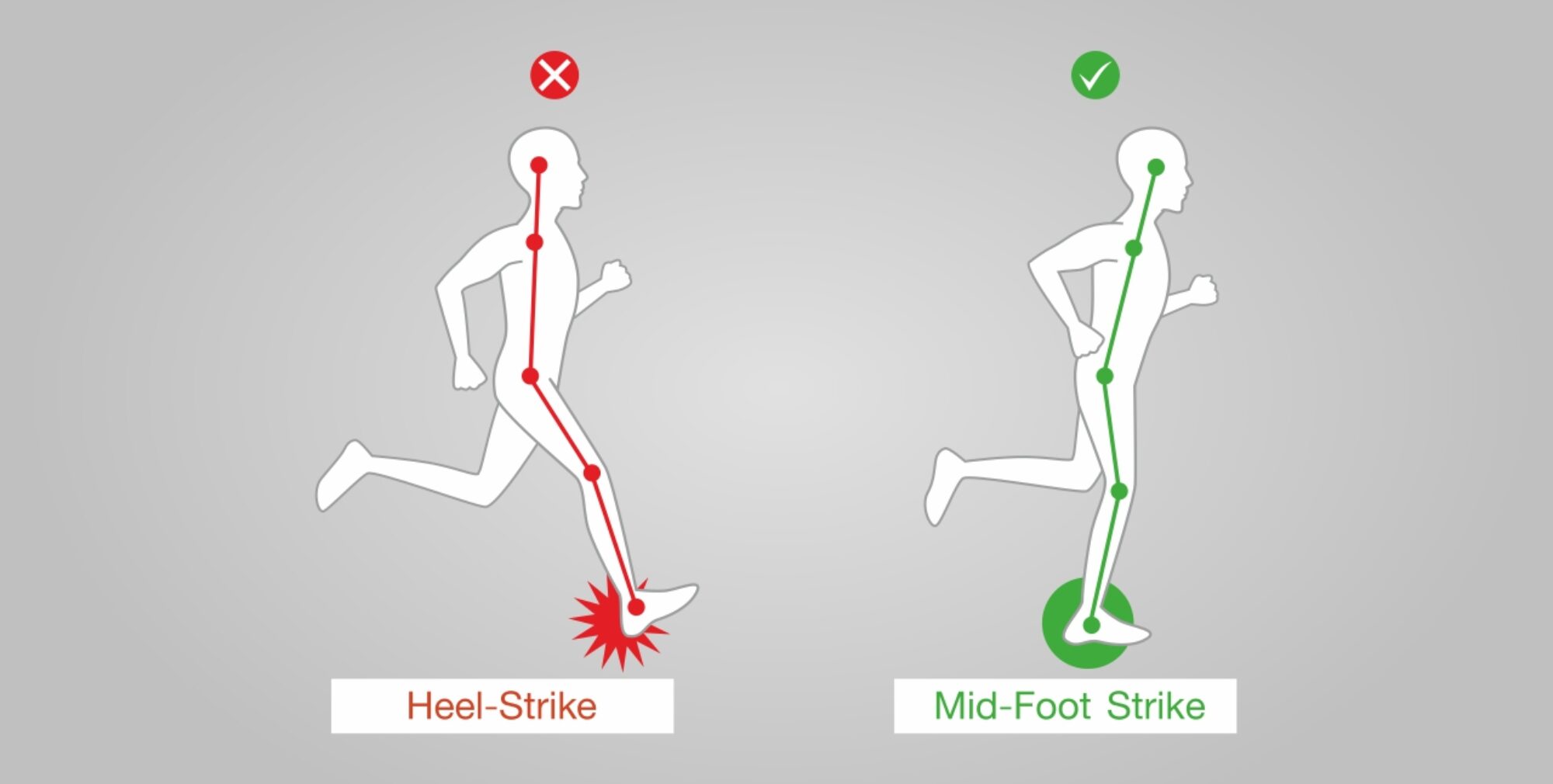Running shoes are designed to provide comfort, support, and protection for your feet while running. They are made up of several different components that work together to achieve these goals.
1. Upper
The upper is the part of the shoe that covers your foot. It is typically made of a flexible material, such as mesh or synthetic leather, that allows your foot to breathe. The upper also has a number of other important features, such as:
- Lacing system: The lacing system allows you to adjust the fit of the shoe.
- Tongue: The tongue is a piece of padded material that sits on top of your foot. It helps to prevent the laces from rubbing against your skin.
- Collar: The collar is the padded material around the ankle. It helps to keep your foot in place and prevent it from chafing.
2. Midsole
The midsole is the layer of foam that sits between the upper and the outsole. It is responsible for cushioning your foot and absorbing impact. The thickness and density of the midsole will vary depending on the type of running shoe.
3. Outsole
The outsole is the part of the shoe that makes contact with the ground. It is made of rubber and is designed to provide traction. The type of outsole will vary depending on the type of terrain you will be running on.
4. Insole
The insole is a thin layer of foam that sits on top of the midsole. It provides additional cushioning and support for your foot.

5. Heel Counter
The heel counter is a piece of stiff plastic that is located in the heel of the shoe. It helps to control the movement of your foot and prevent it from rolling inward.
6. Shank
shank is a supportive structure in a running shoe that’s located between the insole and outsole. It runs underneath the arch of the foot. A shank can help control the shoe’s flexion and torsion, and can help with a smooth transition from heel to toe.
7. Lasting
The last of a running shoe is a solid form that’s shaped like a human foot. It’s used to make and repair shoes. The last shape of a running shoe can be curved, semi-curved, or straight.

8. Toe Box
The toe box is the area at the front of the shoe where your toes go. It should be roomy enough to allow your toes to move freely, but not so loose that your foot slides around.
9. Heel Drop
The heel drop is the difference in height between the heel and the forefoot of the shoe. It is typically measured in millimeters. A higher heel drop provides more cushioning, while a lower heel drop provides a more minimalist feel.
10. Stack Height
The stack height is the total thickness of the midsole and outsole. It is typically measured in millimeters. A higher stack height provides more cushioning, while a lower stack height provides a more minimalist feel.
Choosing the Right Running Shoe
The best way to choose a running shoe is to visit a running specialty store and get fitted by an expert. They will be able to assess your feet, running style, and needs and recommend a shoe that is right for you. You should also try on several different shoes to find the one that fits your foot best.
Running shoes are an important part of your running gear. They can help you to run more comfortably, efficiently, and safely. By understanding the anatomy of a running shoe, you can make an informed decision when choosing a new pair.

